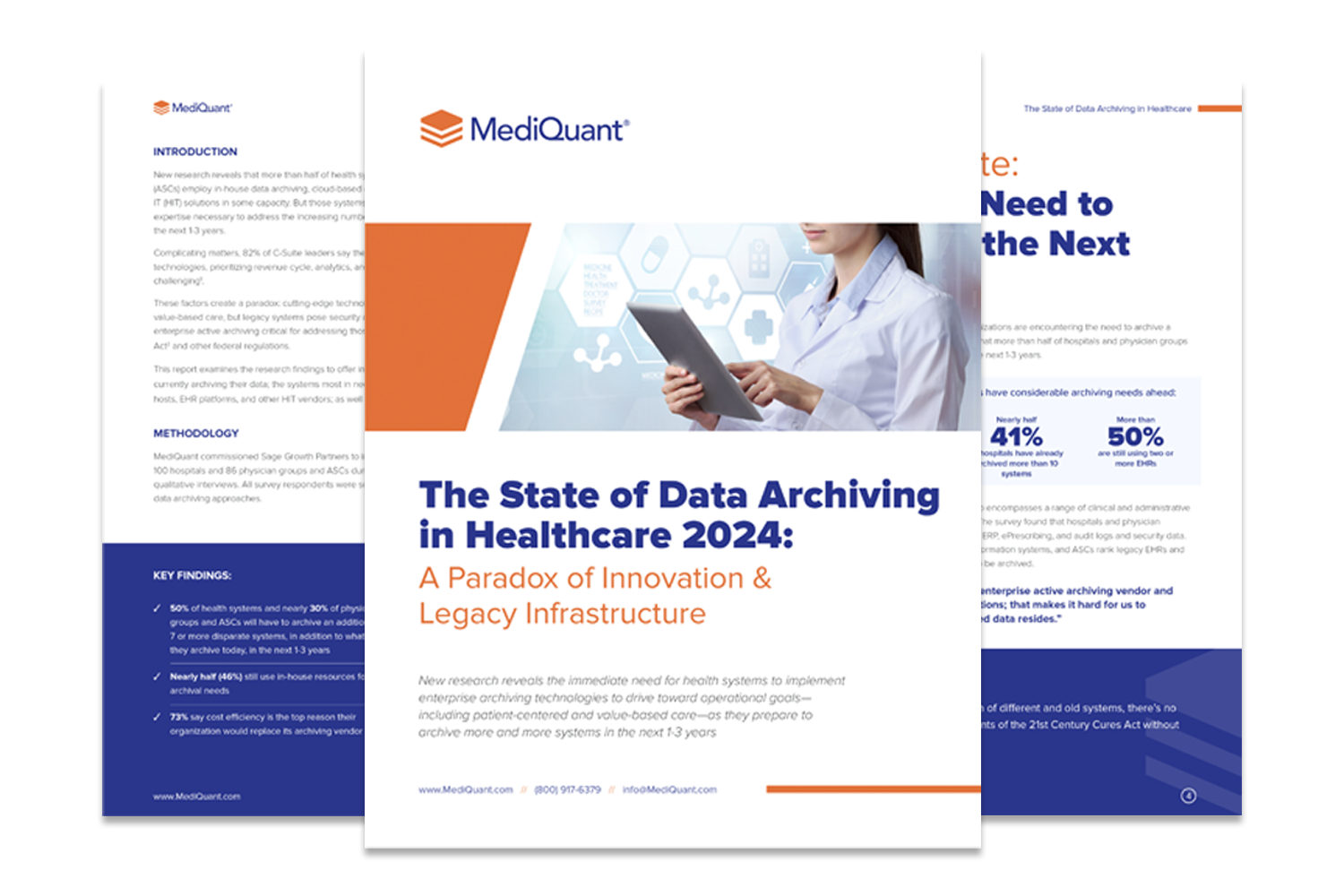Healthcare providers have embraced digital transformation. As of 2017, about 9 out of 10 office-based physicians had adopted EHRs, and 4 out of 5 used a certified EHR. In your hospital or practice, there will most likely be connections to other providers through exchanges. You may also have cloud-based applications and devices that are linked to your EHR. But to enjoy the full benefits of these innovations, you will have to create a healthcare data migration strategy that fosters a reliable and scalable health information system.
1. Develop a Long-Term EMR Data Migration Strategy
Data migration must not be treated as a quick fix. While it will certainly solve some immediate problems, healthcare companies need to make projections for at least five years when making decisions. For example, it is essential to plan for future capacity and forecast tech trends when evaluating requirements. Without focusing on long-term needs, healthcare providers may undertake another costly data migration in the next few years.
2. Specify the Data for Migration
Not every migration requires a complete relocation of all data available. Some legacy systems and data may be left in their place or moved to a different location from the other data assets in a few cases.
For this reason, taking a complete inventory of all existing data assets and deciding whether or not to move them is a necessity. When EMR data must be transferred, the desired destination must be identified. This will prevent delays or confusion when the EMR data migration gets to a critical stage and changes become more costly and challenging to implement.
3. Maintain Data Integrity
Data integrity ensures that data remains accurate, consistent, and reliable while moving from one system to another. Adequate error checking and validation procedures must be in place to ensure that data is not altered or duplicated during transfer.
Most of the work required to preserve data integrity must be done during the pre-planning stage. Never assume that there will be a one-to-one relationship between fields and data types. Errors could occur that will make patient records inaccessible or incomplete. So ensure that there’s a manual check to monitor the effectiveness of the electronic migration process.
4. Use a Hybrid Storage Solution
Consider using a cloud-based storage solution to augment your on-premises storage. Many cloud service providers now offer better security, access restrictions and reliability than most in-house IT teams can provide. Cloud infrastructure enables healthcare companies to quickly acquire more storage and computing resources as needed.
While regulatory compliance requires providers to maintain in-house servers to store sensitive data, most patient health records can be kept and managed in the cloud. Using a hybrid solution that combines physical and cloud infrastructure may be the best option for large healthcare providers.
5. Create Well-Defined Timelines
Set a detailed timetable for your migration project. This is necessary because daily operations in a hospital now depend totally on the availability of patient data. Therefore, data should be moved during off-peak hours or on weekends when there’s a reduced demand for the information system. A parallel environment may need to be created to enhance the transfer in a facility with consistently high demand. At the end of the data migration, the existing system will be shut down.
Experience a Seamless Healthcare Data Migration
Contact MediQuant today for a free consultation on healthcare data migration. You can also call us at 844-286-8683 to schedule a demo to see a preview of our healthcare data management services.


